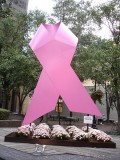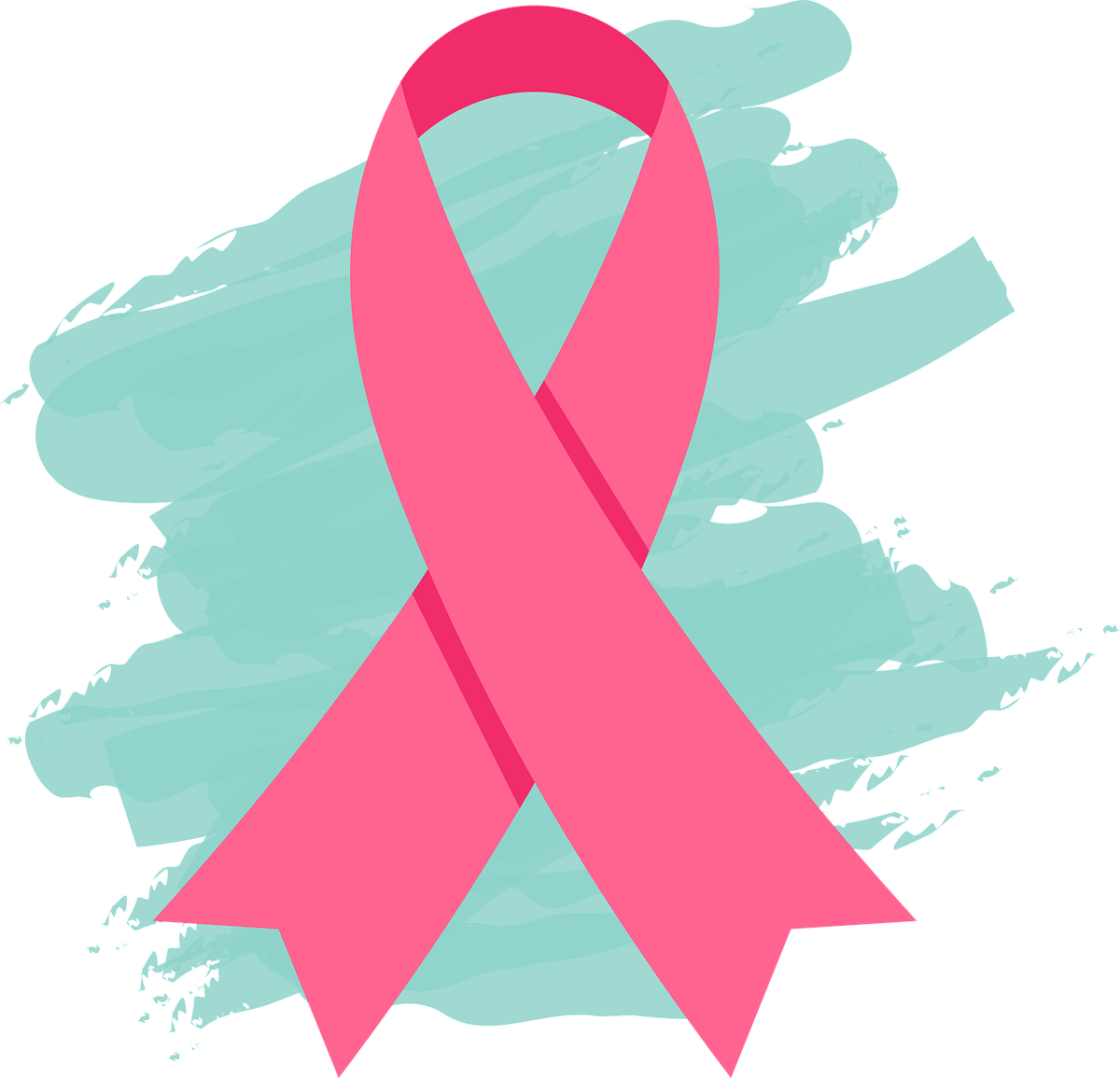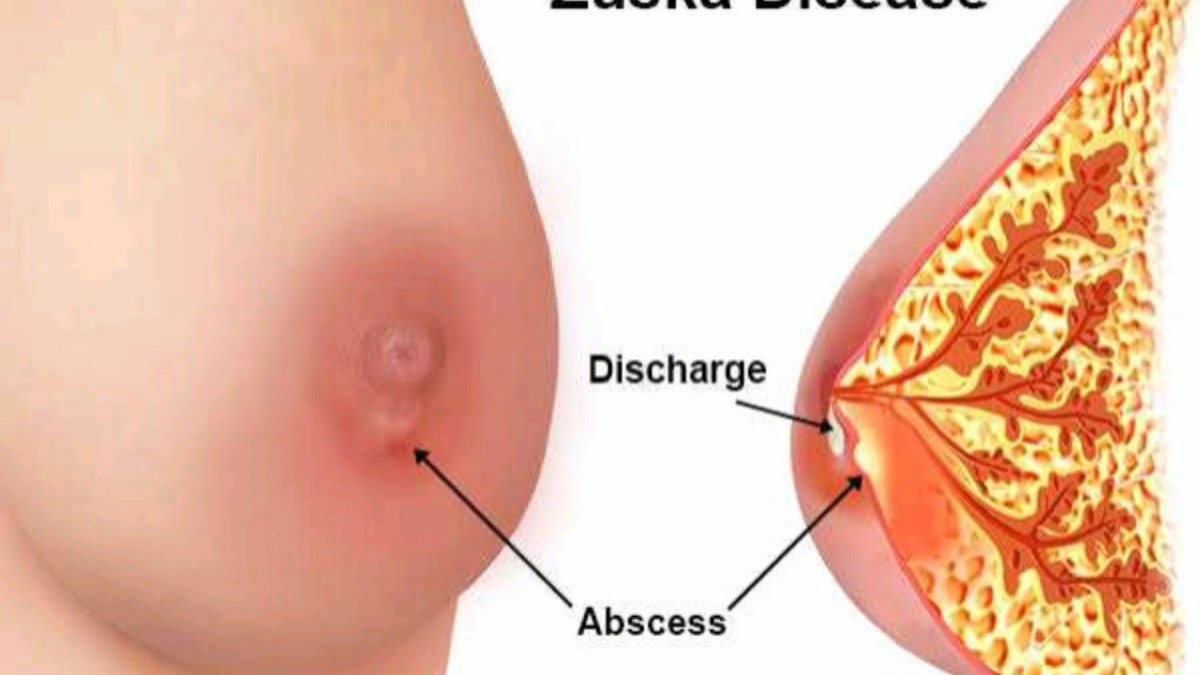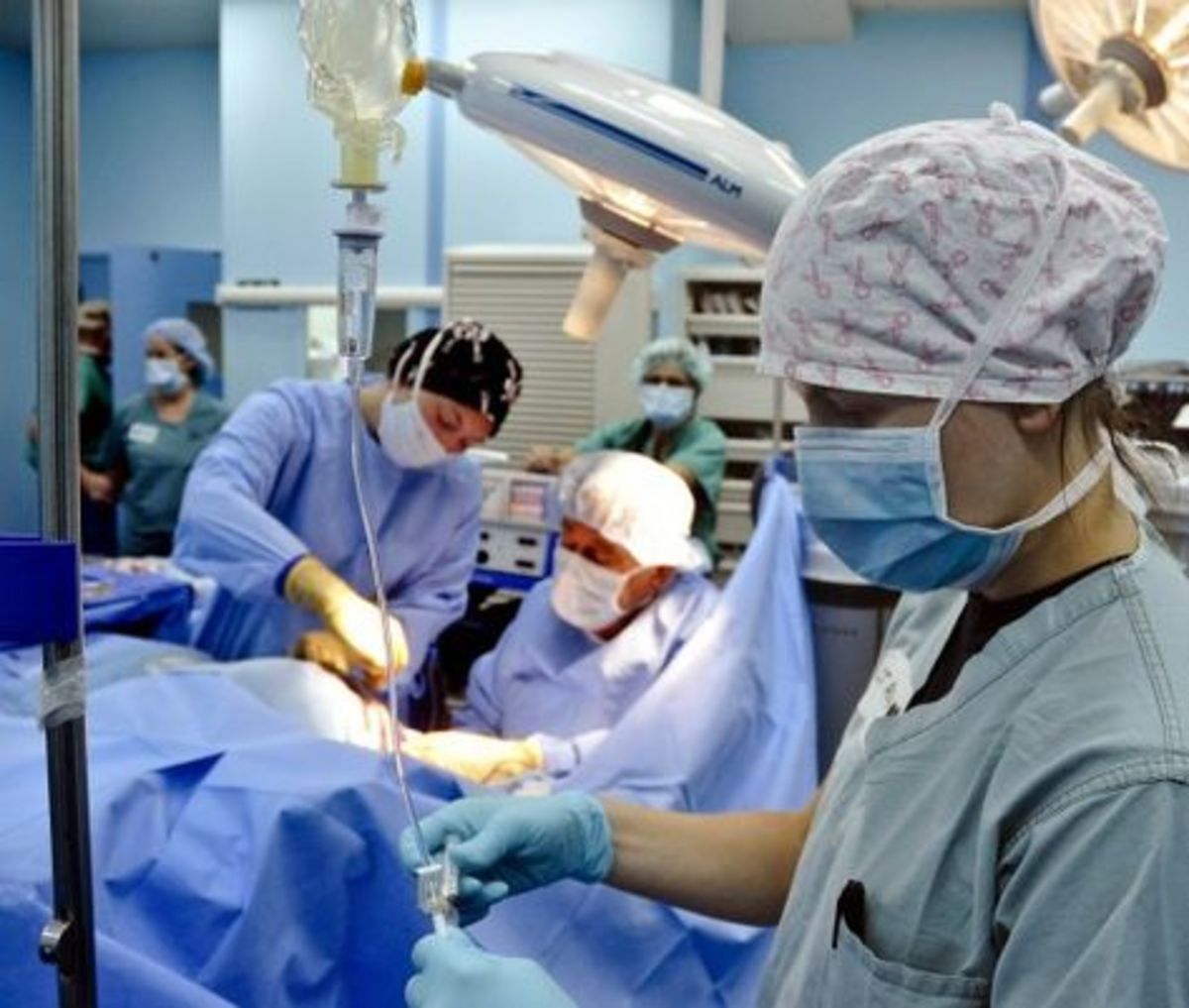Through Mammography Breast cancer can be Prevented
Breast cancer has become the worry of every woman and its mention sends a cold chill down the spines of the female gender. There is a need for regular examinations by a qualified specialist so as to detect any early indications of abnormal breast growths, because such a timely detection translates to timely treatment and observation of preventive measures. The process of examining and checking the breast tissues for the presence of any anomalies is known as mammography. A Mammogram is the result of a Mammography exercise.
For a Mammogram to be produced the breast is usually exposed to light beams of iodizing x-rays and as a result the image of breast tissues is cast. The X-ray beam is limited by a device called x-ray collimator. Mammograms are such a vital diagnosis tools because they often indicate a breast lump way before it can be felt through physical examination. They can still show the presence of micro-calcifications, which are usually minute clusters of calcium deposited in breast tissues. Lumps in the breast could be caused by fatty cells, cancer or even other conditions such as cysts.
Experts in health issues recommend that any woman of 40 years and above should have Mammograms after one year or at most two years. The administration of Mammograms to women under the age of 40 years depends on how one is exposed to the risk factors known to cause breast cancer and therefore professional healthcare advice is required before taking the screening.
It is however indispensable to note that Mammograms are not tests for women living in high risk zones for breast cancer or those with symptoms, but such examination should be scheduled regularly, as it is the only effective way of detecting potential indicators of breast cancer at its onset stages.
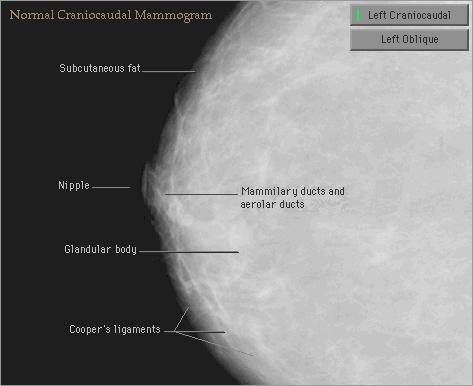
In the event that a Mammogram shows abnormal regions of the breast, the doctor goes ahead to perform additional tests to give more clearer and detailed pictures of that particular area. Although not all lumps are cancerous, confirmation tests need to be conducted in order to be certain about the cause of such growths. The main additional tests include MRI and ultrasound. If the results of further diagnosis indicate that the lump is solid, your health expert may recommend another procedure known as biopsy, which entails removal of calls from a suspicious area to examine any presence of cancer.
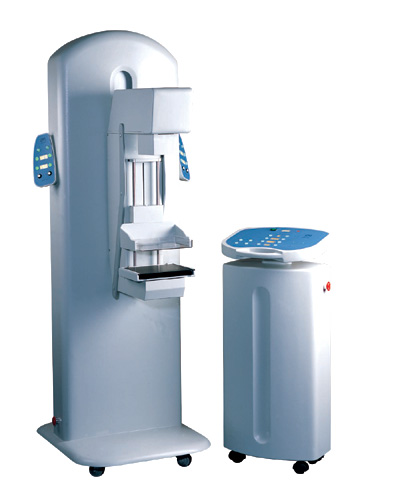
Like any other test, every woman needs to prepare for this important cancer screening exercise. Through preparation, one can be relaxed during the test. The following guidelines are helpful:
-Arrange for your mammogram at least a week after menstrual cycle. During this period, your breasts are often less tender.
-Go with the contact details of the doctor who recommended administration of a mammogram so that the facility can then send a report to the doctor afterwards.
-During the material day, do not apply lotion or powder around the chest because such may project a breast condition the x-ray image.
-It is recommended that you put on a two-piece outfit for convenience purposes, as you will only have to take off your top.
All the stages of Mammogram procedures last for about 30 minutes, with each of your breasts being exposed to compression for at least 20seconds, but it cannot exceed 30 seconds. Well, the compression is needed to make the breast’s view clearer and to minimize the amount of radiation required to produce an image. In summary, the crucial role played by mammograms in saving lives cannot be overemphasized.


